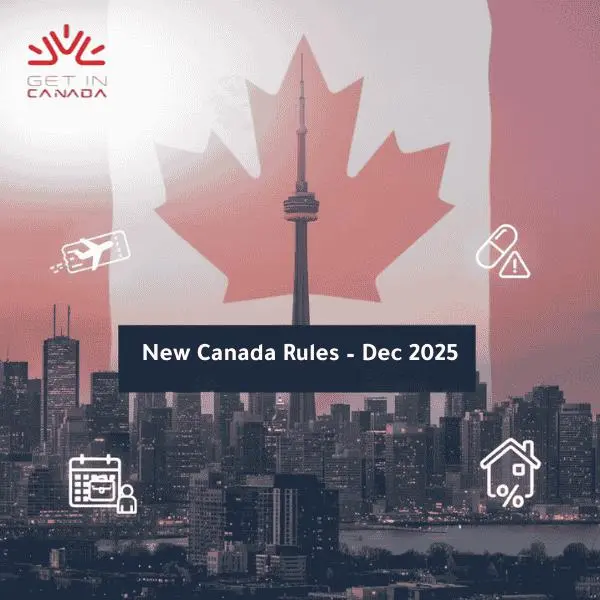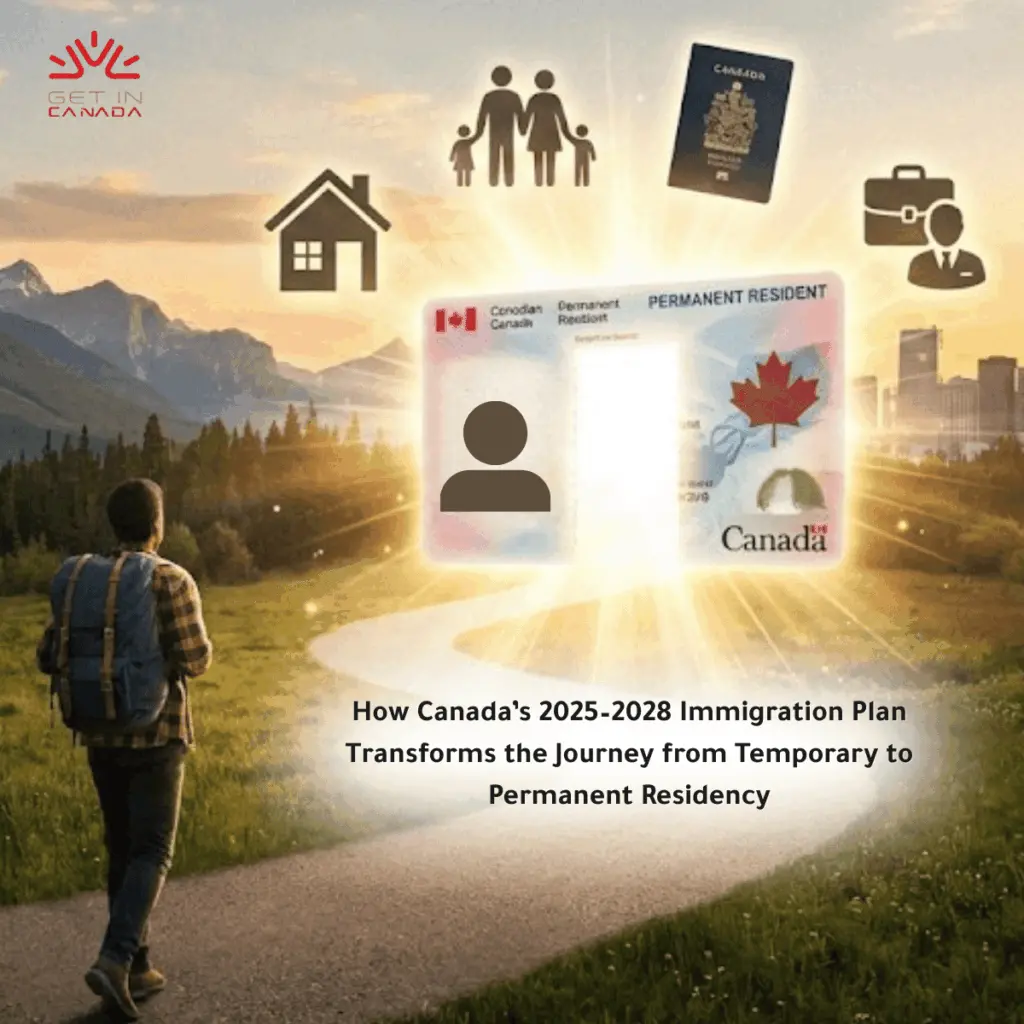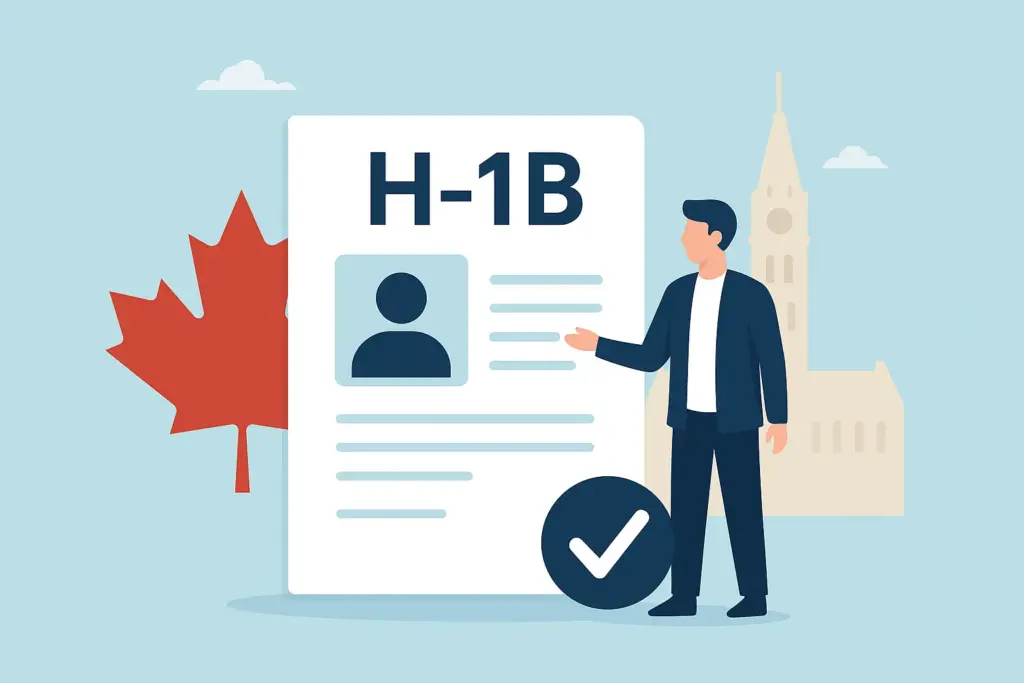Canada’s Minimum Wage Updates for 2025
The minimum wage in Canada is set to rise in various provinces, territories, and federal government-regulated sectors in early 2025. The objective is to help workers keep up with the cost of living, reduce poverty, and make reasonable wages available all over the country.
In this blog, we’ll review all the details, including who sets minimum wages, how often they are updated, and what to expect in 2025.

What is Minimum Wage?
The minimum wage is the lowest hourly rate employers pay to employees. It is mainly designed to help employees cover their basic needs and meet the cost of living.
Find out if you are eligible to get in Canada →
Who Decides Minimum Wages?
- The federal government decides the minimum wages for federally regulated jobs, such as banking, postal services, and interprovincial transportation.
- For employees in provinces and territories, minimum wages are decided by the province or territory a worker is employed.
- Wages usually change once a year, often about the inflation of the cost of goods and services.
How often do Minimum Wages Change?
Most provinces, territories and the federal government update their rates annually, usually based on the Consumer Price Index (CPI), which measures inflation.
Does the Federal Minimum Wage Apply Everywhere?
No, federal minimum wages only apply to federally regulated industries. Other jobs are related to the provincial or territorial minimum wages.
Federal Minimum Wage
The federal minimum wage for 2025 will be announced on April 1, 2025 it will increase according to the 2% CPI increase from $17.30/hour to $17.70/hour
Who will be affected by this rise?
Workers in federally regulated jobs, including:
- Banks
- Postal and courier services
- Interprovincial transportation (road, rail, air, and maritime)
Upcoming Minimum Wage Changes by Region
Let’s discuss each region’s minimum wage in the following:
| Province or Territory | Current Rate per hour | Next Increase Date | New Rate per hour |
|---|---|---|---|
| Nova Scotia | $15.00 | April 1, 2025 | $15.40 |
| Newfoundland and Labrador | $15.60 | April 1, 2025 | $15.91 |
| New Brunswick | $15.30 | April 1, 2025 | $15.77 |
| Nunavut | $19.00 (as of January 1, 2024) | April 1, 2025 | Not announced yet |
| Yukon | $17.59 | April 1, 2025 | $17.97 |
Other Provinces with Changes
Here’s a summary for other provinces and territories:
| Province or Territory | Current Rate per hour | Next Increase Date |
|---|---|---|
| Ontario | $17.20 | October 1, 2025 |
| British Columbia | $17.40 | June 1, 2025 |
| Quebec | $15.75 | May 1, 2025 |
| Manitoba | $15.80 | October 1, 2025 |
| Alberta | $15.00 | Not announced yet |
| Northwest Territories | $16.05 | Not announced yet |
Which Province has the Highest Minimum Wage?
Nunavut has the highest minimum wage in Canada, starting at $19.00 per hour on January 1, 2024. This is supposed to better help workers with the high cost of living in the region and improve their overall quality of life.
Why are Minimum Wages Increasing?
Minimum wages are increasing to help workers keep pace with everyday life:
- Deal with Increasing Costs: Things like groceries, rent, and transportation go up. By raising wages, workers are better off paying for their basic needs and living a more comfortable life.
- Reduce Poverty: Provides financial support to low-income workers.
- Boost the Economy: Higher wages encourage more spending, which helps businesses and drives economic growth.
Canada’s 2025 minimum wage updates reflect a strong commitment to supporting workers and ensuring fair pay. With changes happening across multiple provinces and federally regulated sectors, both employees and employers must stay informed.
These adjustments not only help Canadians manage the cost of living but also strengthen the country’s economy by reducing income inequality and improving financial stability for workers. Whether you’re in Nunavut, Ontario, or Nova Scotia, these changes represent progress toward a more equitable workforce.











